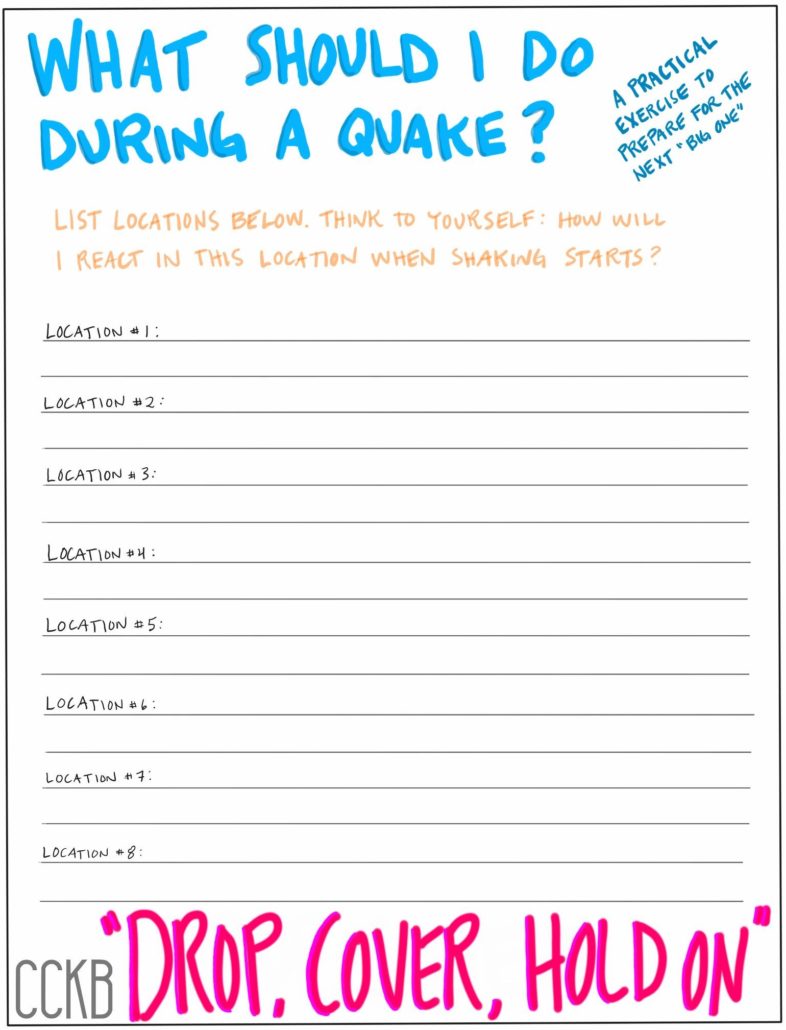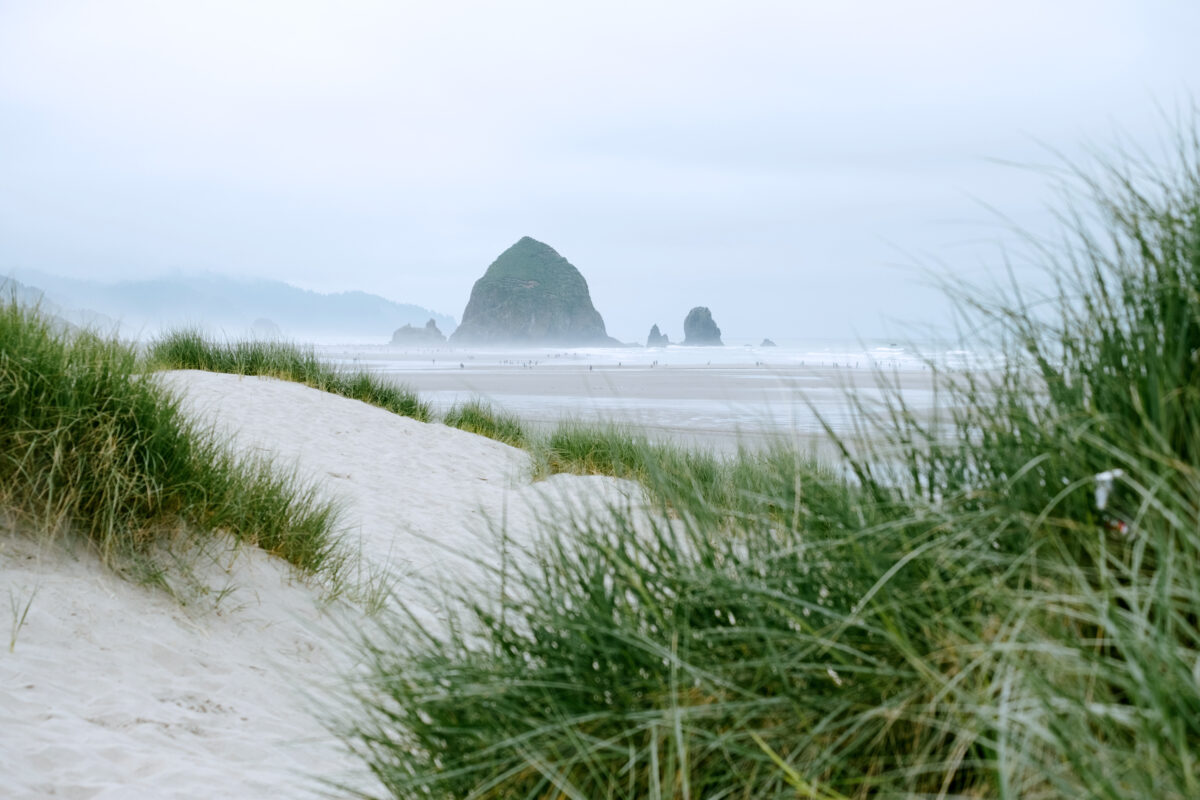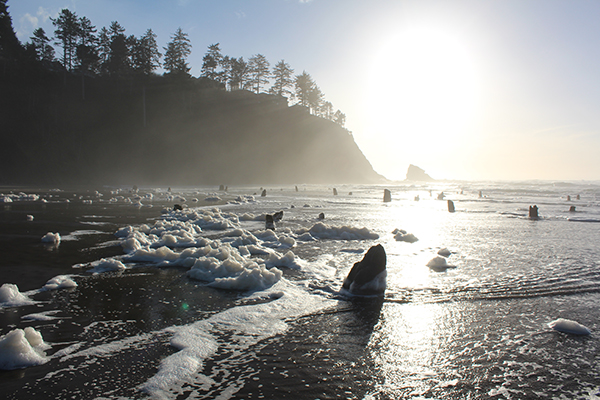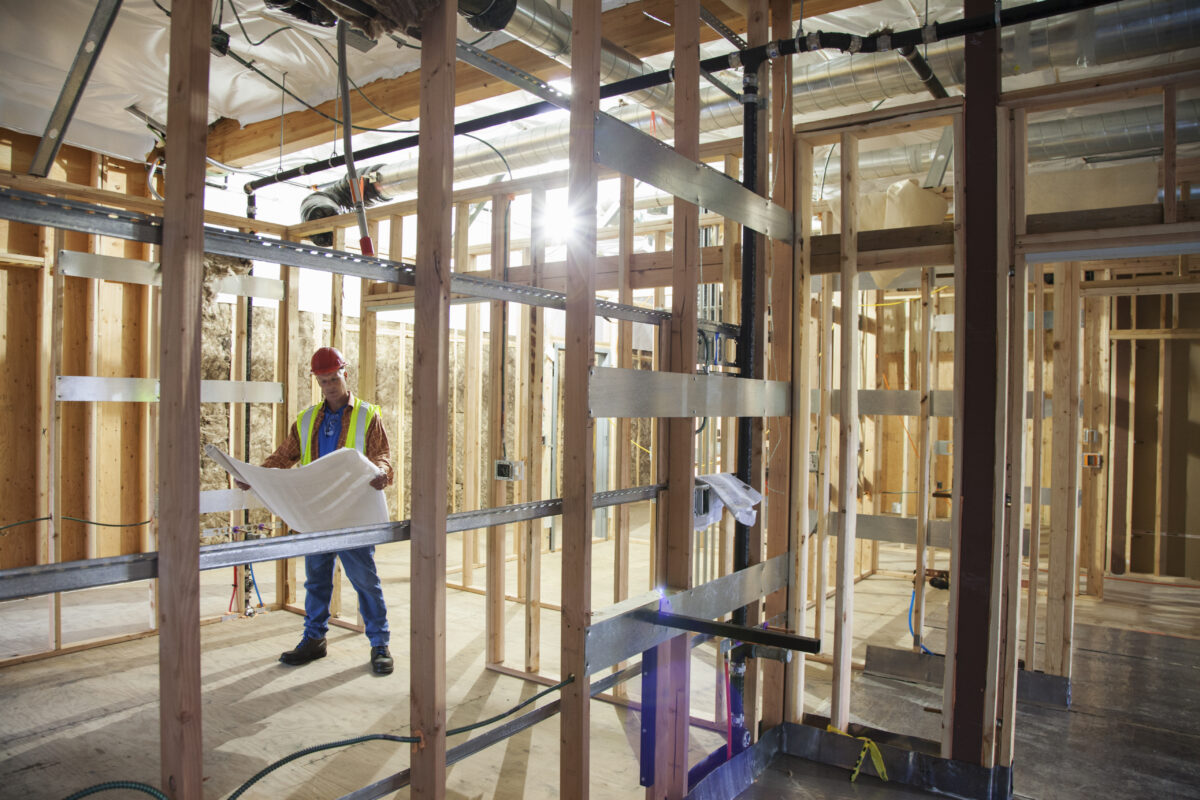When earthquake shaking hits your home, do you run for the door frame, or run outside the building, or find the triangle of life? Hopefully not because these are all proven myths. Instead, just remember: Drop, Cover, and Hold on.
Drop, Cover, Hold On
When earthquake shaking starts, “Drop, Cover, and Hold on” is usually not our first thought. Usually, the first thought is confusion about what is happening, followed by fear. Sometimes we assume it’s a small M4.0 earthquake, but then it doesn’t stop. In these crucial seconds, we’re frozen, as if paralyzed from taking safe, decisive action. In places like California, research shows that most earthquake injuries occur from falling objects. “Drop, Cover, and Hold on” can protect you from injury – so drill it into your memory!
Drop: Shaking from a major earthquake is so strong that you won’t be able to walk – you might even be thrown to the ground. When shaking first starts, assume it is the big one and drop immediately to the ground. Injuries are less likely if you crawl to get under a desk instead of trying to walk or run to one.
Cover: The ground will be moving like massive ocean waves, catapulting things into the air. You should expect books to fall off shelves, dishes to fly out of cabinets (unless cabinet doors are latched), furniture to topple, trees and poles to twist and bend nearly parallel to the previously flat ground, windows to break and glass to be falling. The best way to protect yourself is to take cover by dropping under a table. Cover and protect your head, and try to avoid falling items and shards of glass.
Hold on: Chaos will be all around – not just from falling items, but the table you’re under will also be moving! Experts say to hold on so that the table or desk where you’ve taken cover, stays above you, protecting you.

Earthquake Drills
Research shows that practice and visual exercises help prepare the mind to kick into action faster and find the safest place during an earthquake. Ask yourself, “What would I do right now if there was an earthquake?” Use the worksheet below, to think of the places where you spend the most time during the day, and write down what you would do as soon as shaking starts. Remember that if you try to run outside, or run to a doorway, or move more during earthquake shaking, you’re more likely to get injured.
For example:
- Sleeping in bed – stay in bed and use your pillow to protect your head
- At your workplace or school – immediately drop and crawl under the nearest desk
- Driving to or from work – if you feel like your tires are flat, it may be an earthquake. Stop the car carefully. Try to avoid trees, overhead wires, overpasses, and stopping right outside tall buildings. After the earthquake, avoid driving on elevated roads.
Next, think of the areas where you might not spend as much time but may cause you more worry. Notice that you’re likely to spend less of your day there, so the probability that the earthquake will hit at that moment is much lower. Still, it’s still good to have a plan.
For example:
- Walking in a city – drop to the ground, cover your head, and crawl away from buildings, streetlights, overhead wires. One of the most dangerous places to be is right outside a tall building because it’s common for windows to break and glass to fall to the sidewalk during an earthquake.
- Driving on a bridge – immediately stop the car and only proceed after the earthquake if the structure is stable.
- Riding an elevator – press buttons for every floor and exit the elevator as soon as possible.
Earthquake Shaking Starts!
Breathe. Think. Drop to the ground. Cover your head. Whether you are inside or outside, move as little as possible. Practice and preparation make perfect. The Great ShakeOut is a once a year event to remind you to practice what to do during an earthquake. Don’t Freak Out, Shake Out! (practice!) Last year, over 63 million people participated in drills, practicing how to react to earthquake shaking. Be ready for the next Great ShakeOut. And check out the Great ShakeOut’s youtube series on earthquake safety.




